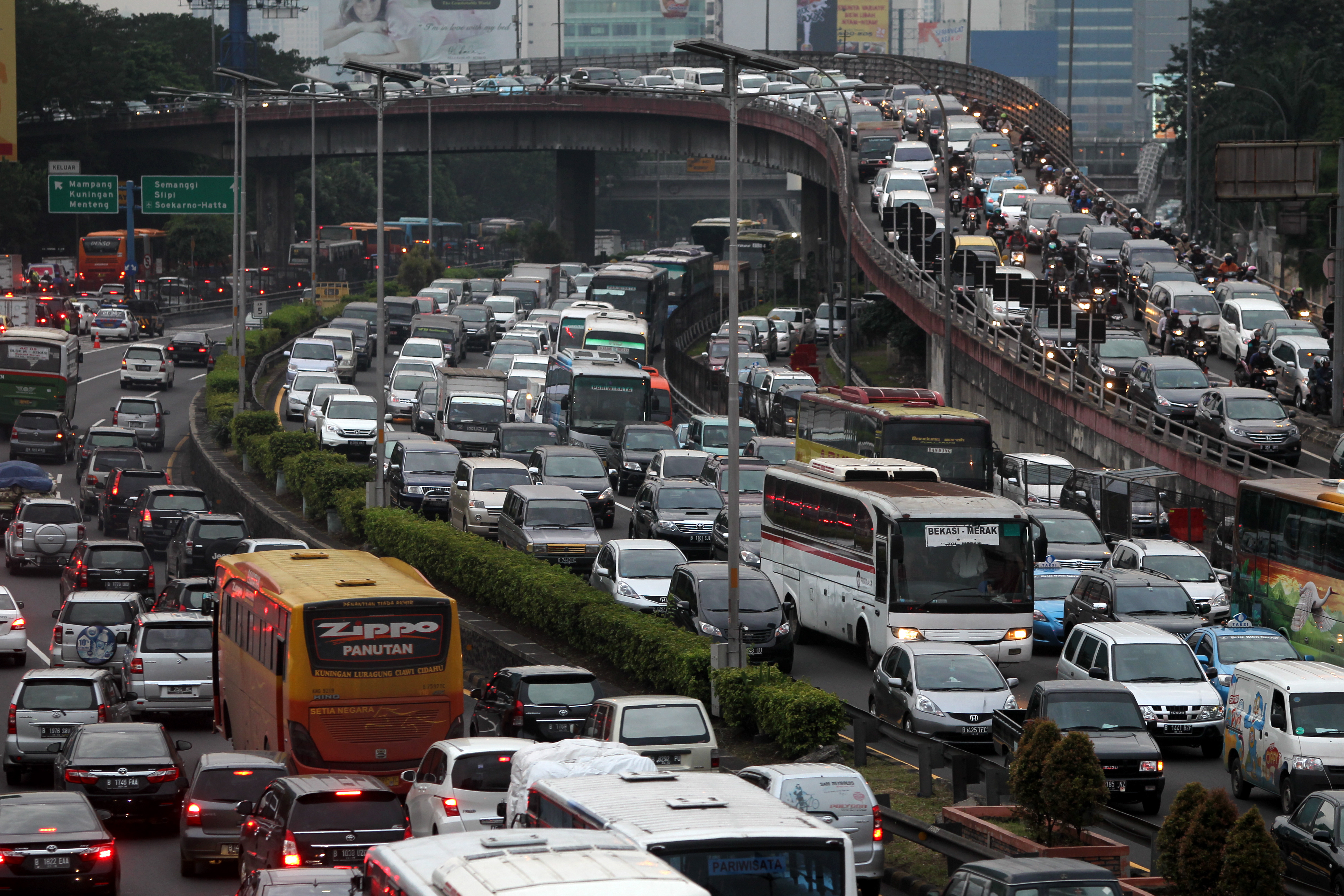
BOGOTÁ, Colombia—Whipping through the crunch of mid-day traffic in the tiny taxi—it felt a bit like riding a fast-moving ball in a souped-up pinball machine. We zoomed right. Ping. We zoomed left without the young driver giving any hint our sudden change of direction to the drivers alongside. Ping.
I tried to keep my eyes open.
Heading back downtown during the afternoon rush hour on a major roadway, an older veteran driver watched the cars dance all around him and moaned about his daily challenge. Too many cars, he said. Too many drivers and especially the ones driving taxis, who take too many risks, he said.
As he talked on, I glanced over and noticed an ambulance parked in front of a crash on the other side of the roadway. Good thing, I told myself, we are slowly crawling ahead in thick traffic.
With improved economic times Bogotá, Colombia's largest city, is awash in cars, traffic woes and public concerns. In turn, local officials have sought to show their eagerness to deal with problem drivers and to assure a worried public.
After a recent fatal crash that involved a driver allegedly under the influence of alcohol, Bogotá officials publicized the overnight arrests of large numbers of drunken drivers.
So, too, the recent killing of a U.S. DEA agent in Bogotá, the apparent victim of a criminal ring that used taxis to target clients in upper-income areas, brought on discussions about the need for better licensing of taxi drivers.
But in many ways the situation today in Colombia has vastly improved.
Traffic deaths were down in the first five months of this year in Bogotá, falling from 280 to 180 deaths for the same time period, according to a report by the daily newspaper El Tiempo.
Government figures and news accounts similarly show that traffic-related deaths and accidents have significantly declined since the mid-1990s. But the marked progress appears to have leveled off in recent years. There were 7,874 traffic-related deaths in 1995 and the number fell to 5,502 in 2010. But there were 5,693 traffic-related fatalities in 2012, a 3 percent increase over 2011, according to news reports.
Reflecting the global push for driving safety, Colombian officials several years ago outlined an ambitious effort to tackle the leading causes of the nation's traffic-related deaths and injuries by 2016.
Their report singled out passengers and motorcyclists as accounting for 70 percent of the traffic-related fatalities annually and looked at measures to cope with the problem. But there have been snags along the way, among them the nation's stalled effort to improve the highway infrastructure.








